The City Park in New Orleans is one of the largest urban parks in the US. Residents come here to relax or use the many sports facilities, but the main attractions of the park are the Museum of Art and the Botanical Garden.
History
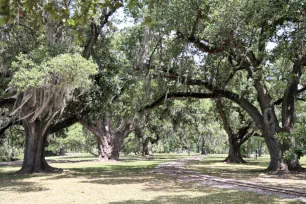
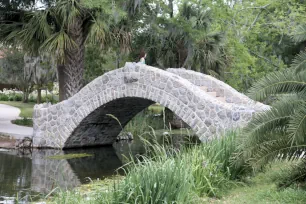
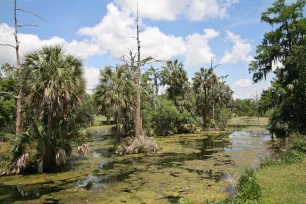
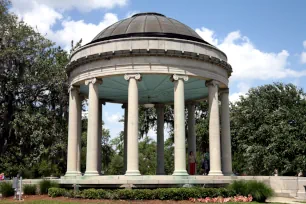
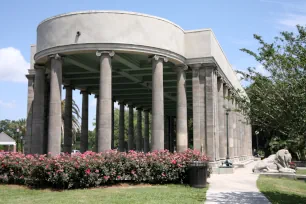

City Park was established in 1854 at the site of the former Allard Plantation, which was bequeathed to the city in 1850 by its owner, John McDonogh, a wealthy entrepreneur.
Initially the park was only about 100 acres large (40 ha); it was later expanded, in particular in 1927, when some 900 acres (364 ha) were added. Much of the roads, bridges and gardens in the park were built during the Depression era, when more than 20,000 people worked here under the Works Progress Administration as part of Roosevelt’s ‘New Deal’ project.
In 2005 a new master plan was created to improve the park by creating more open space, improving bike and walking trails, building new recreation facilities and restoring the existing structures.
That same year, Hurricane Katrina caused significant damage to the park; some areas were flooded by up to 2.5 meter (8ft) of saltwater. Numerous plants and even trees were wiped out and many buildings were damaged. In a span of just five years, most of the damage was restored, and the park administration is still aiming to implement its master plan by 2018, at the 300 anniversary of the city of New Orleans.
The Park
City Park forms a 2.5 miles (4 km) long rectangular strip of greenery between Lake Pontchartrain and City Park Avenue, encompassing an area of about 1,300 acres (526 ha).
It can be reached from the French Quarter by taking the Canal Street streetcar, which stops at the lower end of the park, where you’ll find most of the park’s attractions such as the Museum of Art, a carousel, the Sculpture Garden and the Botanical Garden. A golf course occupies much of the upper section of the park, while a forest and arboretum can be found in the central area of the park.
There are thousands of live oaks in City Park, some of the oldest are between 600 and 800 years old! The most famous oak in the park is the Dueling Oak, near the museum. This oak, which has a diameter of more than 4.5 meters, was the site of duels that were held here regularly until 1890, when duelling was outlawed.
There are also plenty of recreational facilities in City Park, including tennis courts, athletic fields and stadiums.
Attractions
The main attraction in City Park is the New Orleans Museum of Art, the city’s premiere art gallery. Adjoining is the excellent Besthoff Sculpture Garden, which opened in 2003 with a collection of modern and contemporary sculptures. Another highlight of the park is the Botanical Garden, where you’ll find thousands of local and exotic plants.
There are several historic structures in this area of the park, such as the Popp Bandstand, built in 1917. The Peristyle, a colonnaded neoclassical structure, was built in 1907 as a dancing pavilion. The nearby 1912 Casino is now a visitor center with a gift shop and restaurant. There’s also a small amusement park with an antique wooden carousel. Adjoining is another popular attraction for young children: Storyland, a park with exhibits that recreate scenes from famous fairy tales such as Peter Pan.

